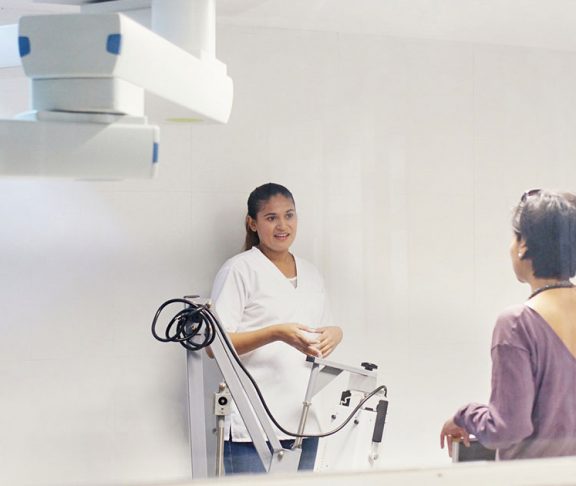An estimated 25 million Americans suffer from a rare disease. As scientists continue their research, progress is being made regarding therapeutic development.
“Through its work to improve health through smarter science, the National Center for Advancing Translational Sciences (NCATS) at the National Institutes of Health (NIH) supports collaborative research on the underlying molecular causes of rare diseases,” explains Petra Kaufmann, M.D., M.Sc., Director, Division of Clinical Innovation and Office of Rare Diseases Research, NCATS, NIH. “This approach has the potential to speed development of treatments for multiple diseases simultaneously and ultimately help more patients more quickly, while addressing some of the obstacles to rare diseases research.”
NCATS’ Rare Diseases Clinical Research Network is composed of almost two dozen research consortiums working to improve availability of research, information, treatment, clinical studies and general awareness.
Where to turn
NCATS has developed a web-based “Toolkit for Patient-Focused Therapy Development” that will launch September 8.
“The toolkit is a centralized online portal for resources and tools to help patient support organizations make additional progress along the entire translational Research and Development continuum,” notes Dr. Kaufmann.
The Genetic and Rare Disease Information Center also features an online database with information about ongoing research, symptoms and treatment options. Information specialists can discuss questions by phone in English and Spanish.
The need for research
According to Dr. Kaufmann, rare diseases are devastating and costly for patients, their families and the entire nation.
“This is partly due to the severity of these conditions, and also because diagnosis can be difficult and often only possible long after symptoms have appeared. Treatment often is unavailable even after a disease is diagnosed.”
Fewer than five percent of rare diseases have a single treatment approved by the FDA, which has permitted more than 600 therapeutics developed specifically to treat rare conditions since the passage of the Orphan Drug Act in 1983.

